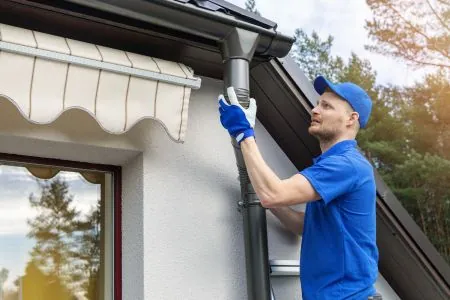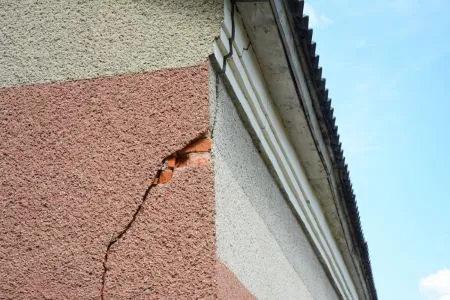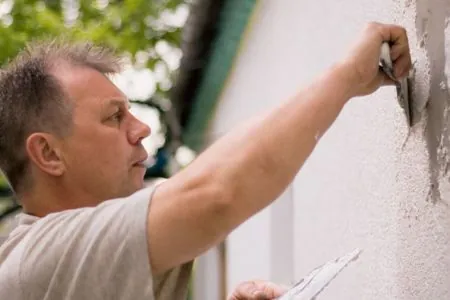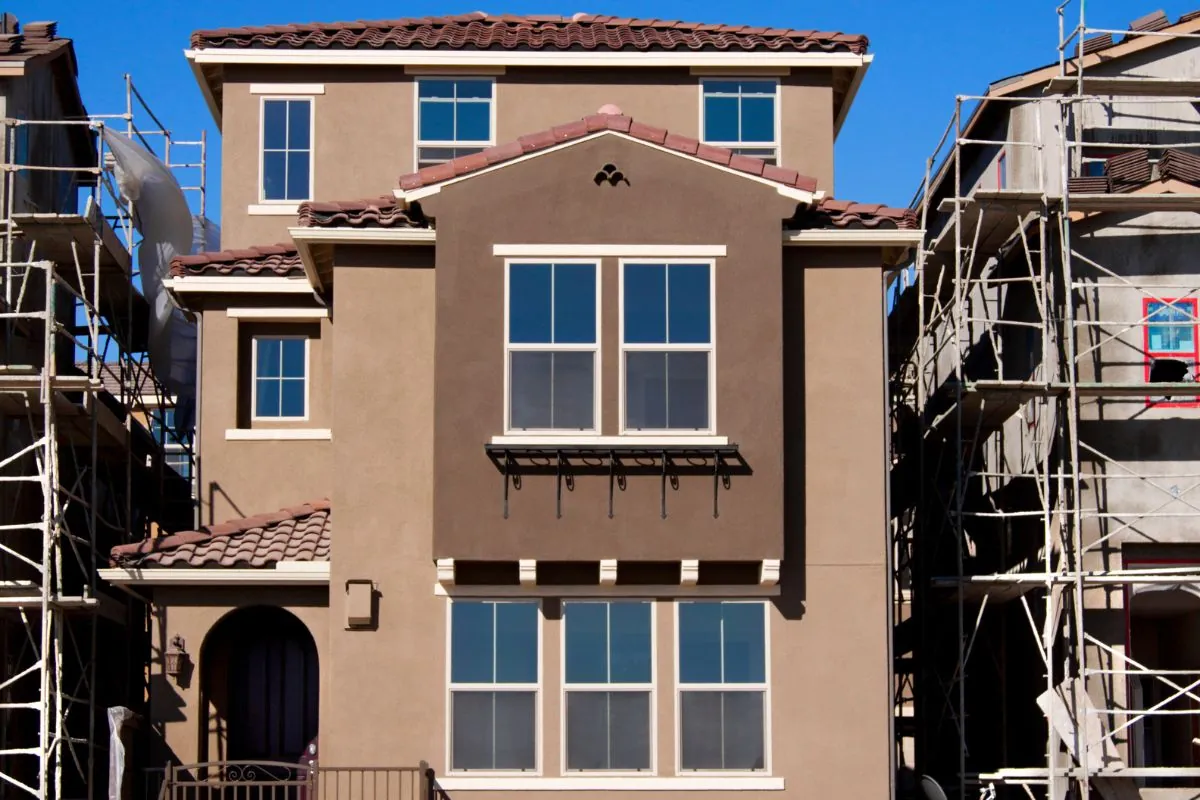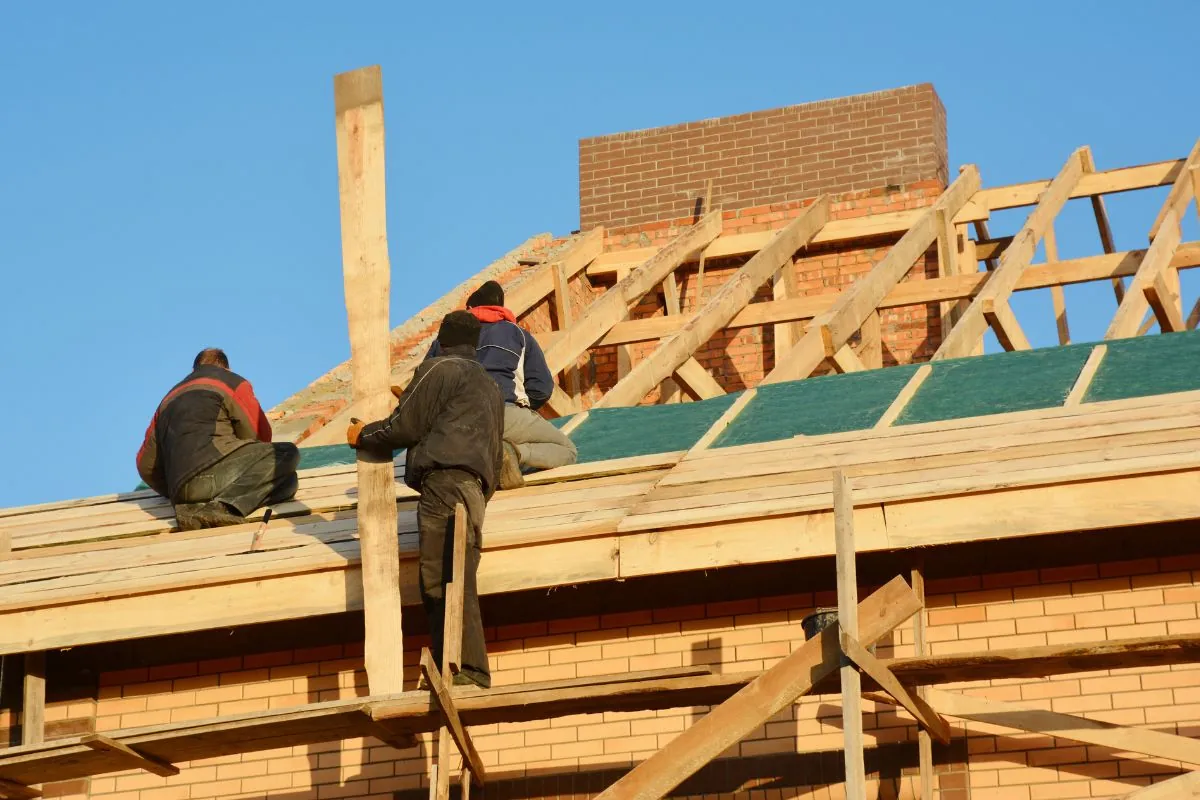Your roof is one of the most critical components of your home, shielding you from the elements and ensuring your comfort and safety. However, many homeowners overlook the importance of regular roofing maintenance, often waiting until issues become severe and costly.
This comprehensive guide will highlight essential roofing maintenance tips that are easy to implement and highly effective. From routine inspections to seasonal cleaning and minor repairs, these practical steps will help keep your roof in top condition.
Whether you are a seasoned homeowner or new to roof care, our guide offers valuable insights to protect your investment and maintain the integrity of your home. Read on to discover how simple, regular upkeep can significantly affect your roof’s durability and performance.
Importance of Regular Roof Maintenance
Many homeowners overlook this vital aspect, only addressing issues when they become severe. However, proactive maintenance can prevent minor problems from escalating into major repairs. Here, we’ll explore the significant benefits of maintaining your roof regularly.
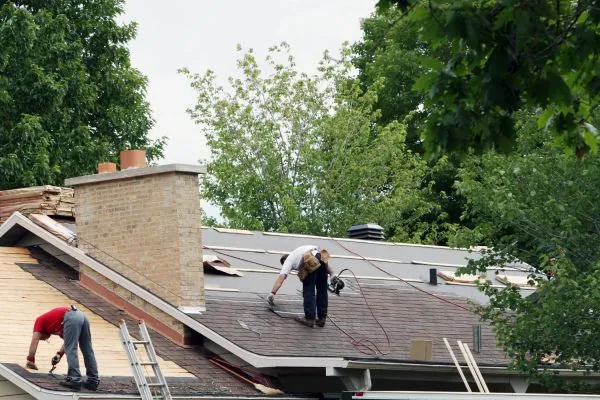
Extends Lifespan of Roof
Regular inspections help identify potential issues like loose shingles, minor leaks, or structural weaknesses early on. Addressing these problems promptly prevents them from developing into more extensive, costly repairs. Additionally, routine cleaning, such as removing debris and moss, reduces wear and tear on the roofing materials.
Saves Money in the Long Run
While it may seem counterintuitive, regular roof maintenance can save you substantial money over time. Minor repairs and preventative measures are typically far less expensive than major overhauls or replacements. For example, fixing a small leak early can prevent extensive water damage that might compromise the roof’s structure and require costly repairs.
Ensures Safety for Occupants
Maintaining your roof is not just about aesthetics or prolonging its lifespan—it’s also about ensuring the safety of everyone in your home. A well-maintained roof prevents leaks that can lead to mold growth and structural damage, posing significant health and safety risks. Additionally, regular inspections can identify and rectify weak spots or damage that could collapse parts of the roof.
Roof Maintenance Tasks
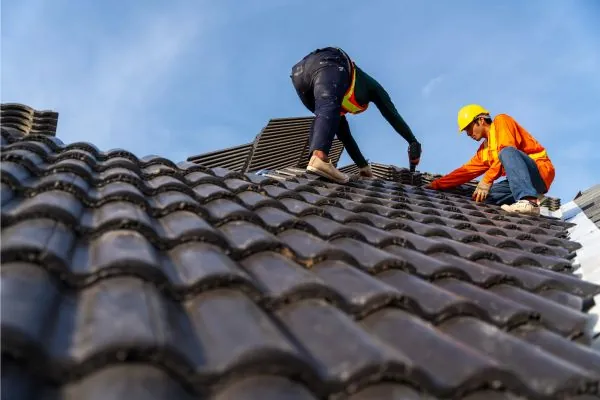
Proper roof maintenance involves a variety of tasks that are essential for keeping your roof in optimal condition. Regular upkeep prevents minor issues from turning into significant problems and ensures that your roof continues to provide the protection and durability your home needs. Every homeowner should include some critical maintenance tasks in their routine.
Annual Check-Ups
Scheduling an annual roof check-up is a fundamental part of maintaining a healthy roof. During this inspection, a professional can thoroughly examine your roof for signs of damage, such as cracked shingles, leaks, or weakened areas. They will also assess the overall condition of the roofing materials and structure.
Clearing Gutters
Clearing gutters is a crucial maintenance task that should be done at least twice a year. Clogged gutters can cause water to overflow, damaging the roof and the home’s foundation. Debris, such as leaves, twigs, and dirt, can block water flow, resulting in pooling that may lead to leaks or rot.
Preventing Moss and Algae Growth
If left unchecked, moss and algae growth can significantly impact the health of your roof. These growths can trap moisture, leading to deterioration of roofing materials and potential leaks. To prevent this, keep your roof clean and consider using anti-moss treatments or installing zinc or copper strips that inhibit growth.
Smart Roofing Practices
Implementing innovative roofing practices is essential for ensuring your roof’s long-term health and efficiency. These practices help prevent common issues and enhance the overall performance of your roofing system. By focusing on proper ventilation, correct vent discharge, and appropriate vent connections, you can significantly extend the lifespan of your roof and improve your home’s energy efficiency. Here are some key practices to consider:
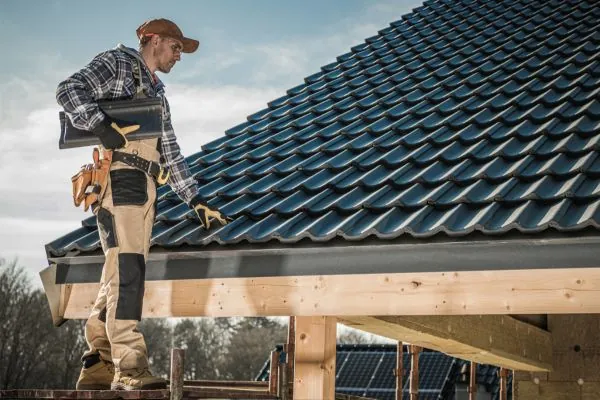
Proper Ventilation
Good ventilation regulates temperature and moisture levels in the attic, reducing the risk of condensation and heat buildup. Heat can cause roofing materials to deteriorate prematurely without adequate ventilation, and moisture can lead to mold growth and structural damage. Ensure your roof has sufficient intake and exhaust vents for proper airflow so you can have peace of mind that your roof system is not getting too hot and retaining heat.
Directing Discharges Away from Roof
Water discharge considerations are vital for good roof system management. Improperly directed vent discharge can lead to water pooling, which may cause leaks and damage over time. Doing such with vents will expel air and moisture from the roof’s surface, reducing the risk of water infiltration and potential damage. This simple adjustment helps maintain the roof’s integrity and prevents rot and mildew, ensuring a longer-lasting and more effective roofing system.
Proper Outside Connections and Hookups
Properly connecting vents to the outside is essential for adequate roof ventilation. Not correctly connected vents can lead to poor airflow and reduced ventilation efficiency. Ensure that all vents, including bathroom and kitchen fans, are routed through appropriate ductwork to exit directly outside rather than venting into the attic or roof space. This prevents the buildup of moisture and heat, thus reducing the risk of damage and improving overall energy efficiency.
Seasonal Roof Maintenance
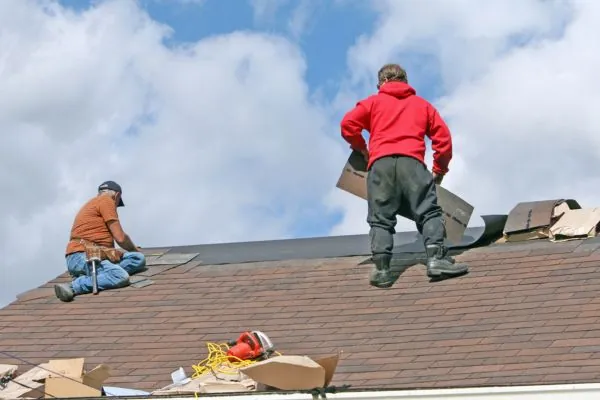
Seasonal roof maintenance is vital to keep your roof in top condition throughout the year. Each season brings its own challenges, and addressing them proactively can prevent minor issues from escalating into major problems. By following a seasonal maintenance routine, you ensure that your roof can handle the changing weather conditions and continue to protect your home effectively. Here’s a guide to essential tasks for maintaining your roof each fall.
Fall Maintenance Checklist
As the leaves begin to fall, it is important to perform a thorough roof inspection and maintenance. Start by creating a fall maintenance checklist to ensure all necessary tasks are completed. This checklist should include checking the roof for any signs of wear, cleaning gutters, and examining flashing and seals.
Removing Debris
Leaves, twigs, and other debris can accumulate on your roof and in your gutters in the fall, leading to potential blockages and water damage. Regularly clearing debris helps ensure proper drainage and reduces the risk of water pooling, which can cause leaks and deterioration.
Checking for Leaks and Damage
Inspect your roof for any signs of leaks, such as water stains on the ceiling or missing shingles. Pay close attention to areas around chimneys, vents, and skylights, as these are common leak points. Identifying and addressing any damage early on helps prevent more severe issues during winter when repairs can be more challenging and expensive.
Pruning Trees and Plants
Overhanging branches and unchecked vegetation can scrape, and damage roofing materials and falling leaves can clog gutters and downspouts. Trim back any branches close to or touching your roof to reduce the risk of damage and ensure proper water flow.
Hiring a Professional Roofer
A skilled roofer can provide expertise and peace of mind that DIY solutions often lack. Whether you need routine inspections, repairs, or a new roof installation, choosing the right roofing professional can make all the difference. Here’s what you need to know about hiring a reputable roofer and the benefits of professional service.
Importance of Annual Inspections
Annual inspections by a professional roofer are crucial for maintaining your roof’s health. These inspections help identify potential issues before they become significant problems, such as leaks, wear and tear, or structural damage. A professional can thoroughly assess and recommend necessary repairs or maintenance to keep your roof in optimal condition.
Choosing a Reputable Roofer
Selecting a reputable roofer is essential for ensuring quality workmanship and reliable service. Look for a contractor with positive reviews, proper licensing, and insurance coverage. Verify their experience and ask for references to gauge their reliability and expertise. A reputable roofer will offer transparent pricing, detailed contracts, and clear communication.
Getting Multiple Quotes
Comparing quotes helps you evaluate each contractor’s cost, materials, and services. It also provides insight into their approach and lets you decide based on your budget and needs. Ensure that quotes are detailed and include all aspects of the project to avoid unexpected costs.
Essential Roofing Maintenance Insights: Conclusion
In conclusion, regular roofing maintenance is essential for extending your roof’s lifespan and ensuring your home’s safety and efficiency. Following critical maintenance tasks, implementing intelligent practices, and scheduling professional inspections, you can keep your roof in top condition and avoid costly repairs.
Remember, proactive care and timely attention to minor issues make a significant difference in the long run. Protect your investment by staying diligent with your roof maintenance and enjoy peace of mind knowing your home is well-protected.

